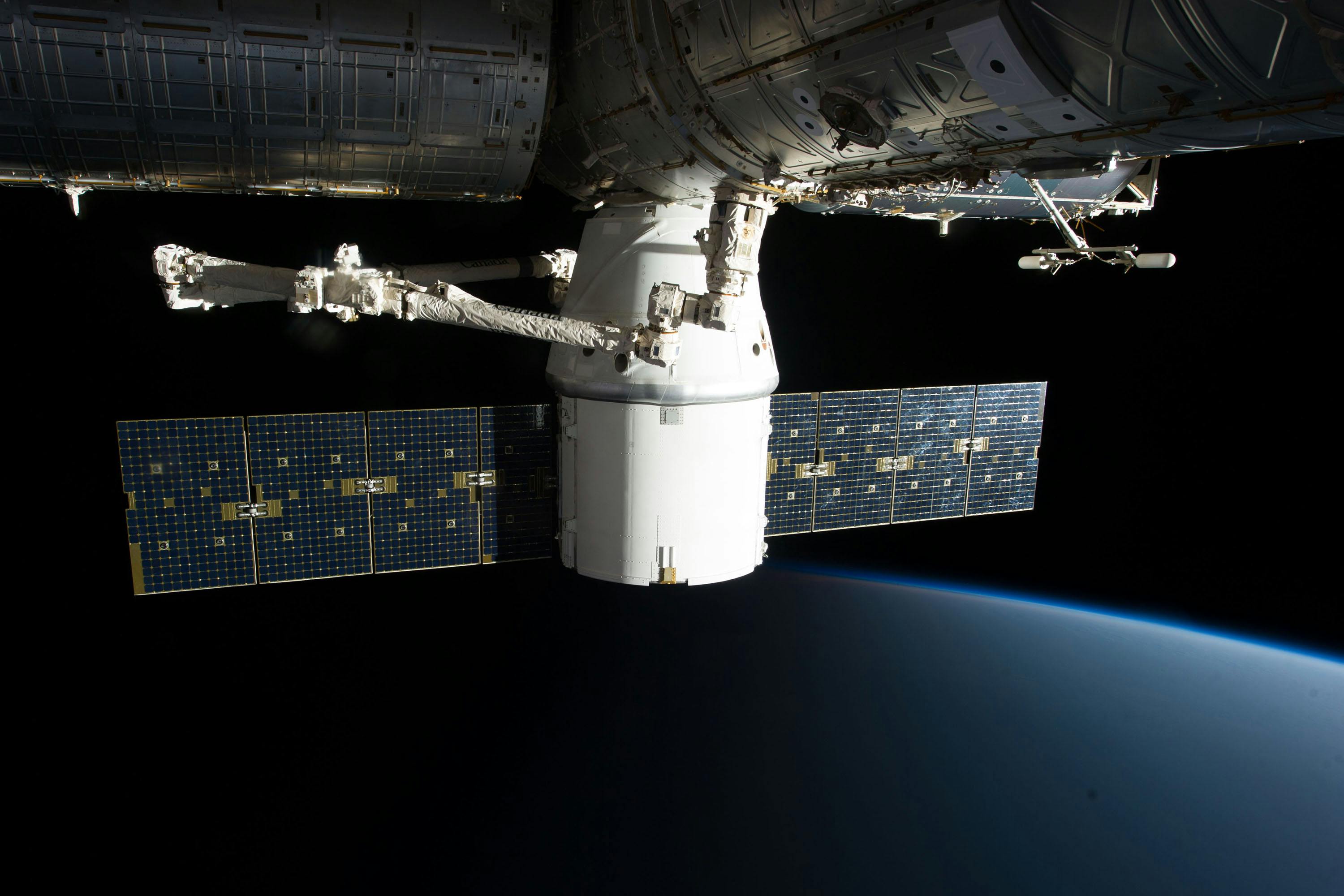
Introduction
In a groundbreaking event that has captured the imagination of the nation, India witnessed a monumental achievement in space exploration. The recent mission featuring Group Captain Shubhanshu Shukla marks a significant milestone as he became the first Indian astronaut to travel to the International Space Station (ISS). This mission is not just a leap for one individual; it symbolizes India’s growing ambition in space travel and its commitment to pushing the boundaries of human exploration.
Shubhanshu Shukla | From Gandhinagar to the Stars
Hailing from Gujarat, Shubhanshu Shukla’s journey to becoming an astronaut is a testament to his personal determination and the evolving confidence in India’s space endeavors. As a seasoned test pilot in the Indian Air Force, Shukla has dedicated years to mastering advanced aircraft technology and pushing limits. However, his recent ascent to the ISS represents a transformative leap—an experience that elevates not just his career but India’s stature in the cosmos.
The mission launched from the historic Cape Canaveral site aboard a SpaceX Falcon 9 rocket, part of a commercial partnership with Axiom Space and NASA to facilitate global astronaut travel to the ISS. For Shukla, this was not just a spacewalk; it was a monumental occasion for India, marking the nation’s inaugural human presence in one of the most sophisticated scientific laboratories in orbit.
Axiom Mission 4 and the Technology Behind It
During the Axiom Mission 4, Shukla travelled in the Dragon capsule, affectionately named ‘Grace’. This craft, a hallmark of 21st-century aerospace engineering, boasts cutting-edge technology, including autonomous docking capabilities and a life support system designed to ensure astronaut safety. The Falcon 9 rocket, renowned for its reusability, has become a critical asset for SpaceX, enabling efficient and reliable access to space.
Equipped with touchscreen controls and advanced heat shields, the Dragon capsule provides not just comfort but also an immersive experience of cutting-edge aerospace technology. Shukla’s participation in this mission also establishes valuable contacts within the operational realms of space systems, crucial for enhancing India’s own manned missions in the future.
Research in Class | India’s Scientific Contribution to the ISS
Once aboard the ISS, Shukla transitioned from astronaut to researcher, engaging in crucial scientific experiments alongside NASA and ISRO (Indian Space Research Organisation). His work involved conducting microgravity experiments, pivotal for India’s future exploration missions.
- Microgravity Effects on Foods: Testing how microgravity affects food cultivation, a significant factor for long-duration missions.
- Astronaut Behavior in Zero-Gravity: Analyzing how astronauts interact with touchscreens in a zero-gravity environment—critical for developing future crew vehicles.
These experiments go beyond mere academic interest; the insights garnered will directly influence India’s Gaganyaan mission, empowering scientists to access data that would be untenable to collect on Earth.
The Gaganyaan Connection | India’s Indigenous Space Ambition
The Gaganyaan initiative aims to send Indian astronauts into orbit using indigenous technology, specifically a human-rated variant of the LVM3 rocket designed and tested by ISRO. Although this mission has faced delays due to the global pandemic and technical evaluations, Shukla’s experience aboard the ISS provides invaluable firsthand insights into what will be required for human space exploration.
Shukla’s Time at ISS Provides Insight:
- Astronaut training and mental preparedness for missions.
- Life support system functionalities in microgravity.
- Troubleshooting systems during real-time operations.
ISRO is also refining its Environmental Control and Life Support Systems (ECLSS) in conjunction with sustainable practices for food and waste management, all of which will benefit from Shukla’s observational data and expertise.
India’s Future in Space: From Lunar Missions to Space Stations
India’s ambitions stretch well beyond low Earth orbit. Following the successes of Chandrayaan-3 and Aditya-L1, the nation’s roadmap includes numerous exciting projects:
- Chandrayaan-4, India’s inaugural Lunar Sample Return Mission.
- Plans for an Indian Space Station by the year 2030.
- Development of advanced robotics and autonomous docking technology.
- This mission represents a stepping stone towards achieving these monumental dreams.
The Rise of India’s Private Space Sector
As ISRO leads the charge in national space exploration, India’s burgeoning private space sector has become a crucial ally. The ISS mission exemplifies the collaborative efforts between government and private entities, paving the way for innovative developments over the coming decade.
- Skyroot Aerospace is pioneering reusable rocket technology.
- Agnikul Cosmos is developing mobile launch infrastructure and 3D-printed rocket engines.
- Pixxel focuses on hyperspectral imaging satellites, advancing agricultural and mineral exploration capabilities from space.
With support from the Indian National Space Promotion and Authorization Center, these start-ups are positioned to play integral roles in both national and international space missions.
Conclusion | A Nation Unites
The recent mission has not only elevated Group Captain Shubhanshu Shukla to a place among the stars but has also ignited a sense of pride and ambition across India. This venture into the ISS is not merely a personal achievement; it represents a leap forward for national development and scientific advancement.
As India cements its place as a serious player in the global space arena, the collaboration and knowledge gained from this mission set the foundation for future missions. The journey has only just begun; with unwavering commitment and innovation, India’s path to the stars promises a bright and exciting future.
The countdown has concluded, the mission is underway, and India’s journey into the cosmos is just beginning.